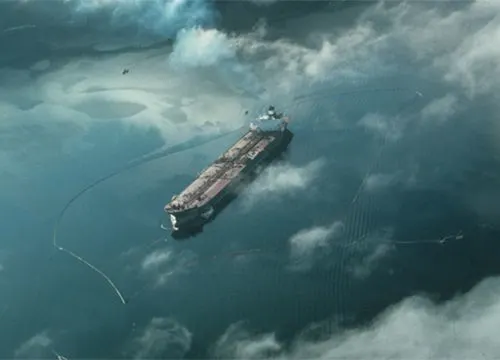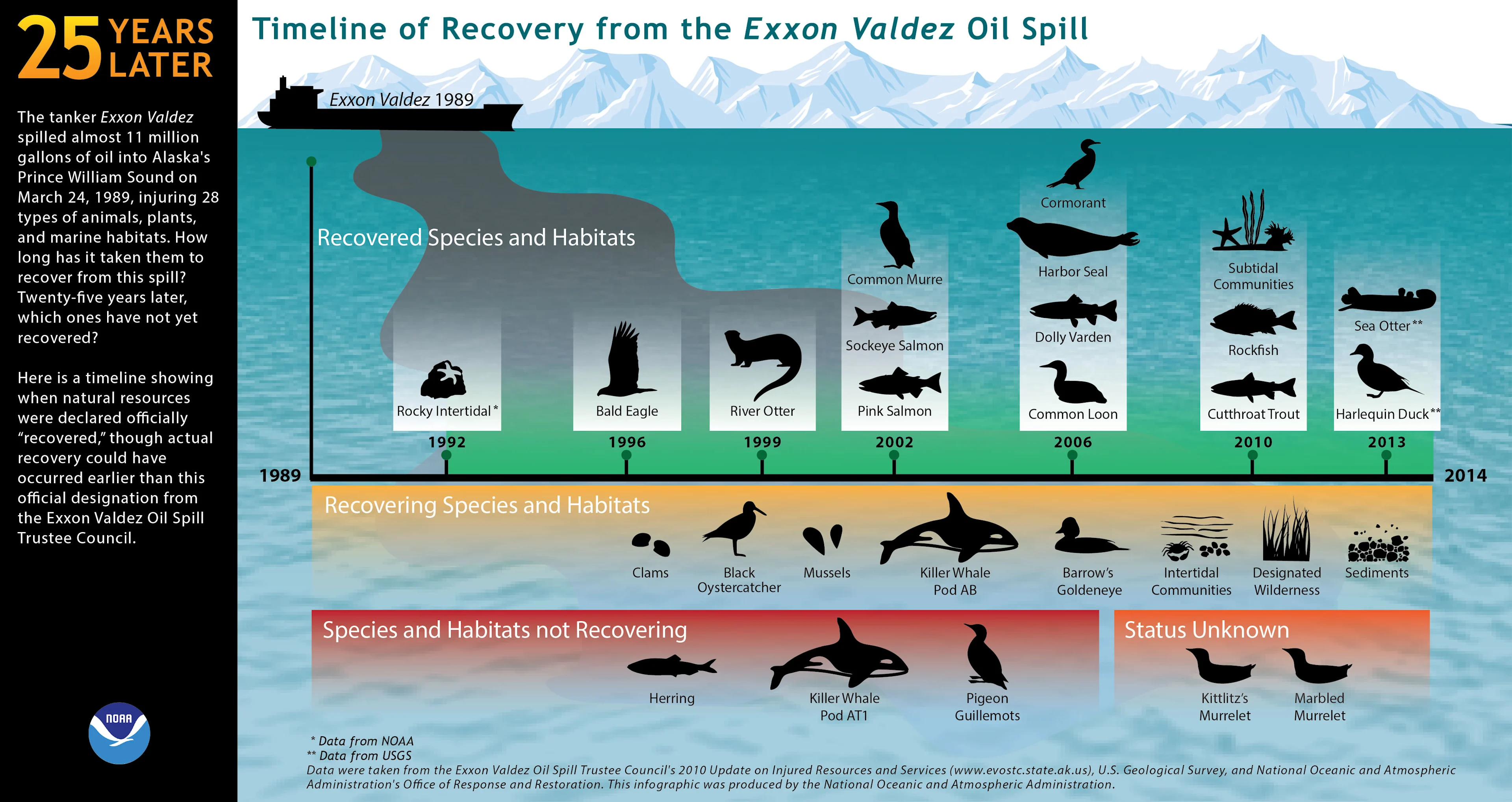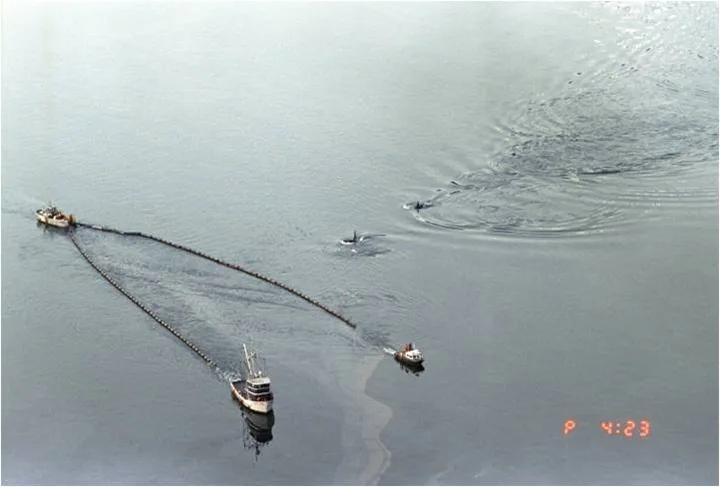
30 years later, what have we learned from the Exxon Valdez?
Sunday marks a sombre anniversary in the history of man-made disasters: It was 30 years ago, March 24, 1989, that the Exxon Valdez tanker breached its hull and sent 10.8 million gallons (more than 40 million litres) of crude oil into Prince William Sound.
The Valdez was damaged when it struck Alaska's Bligh Reef, west of Tatitlek, Alaska, and near the mouth of the Valdez Arm of the Sound which leads to the ship's home port. Nearly 2,100 kilometres of pristine Prince William Sound shoreline were inundated with the crude oil as it was swept along by currents and storms.
RELATED: Nature can heal itself after an oil spill. Here's how
UNPRECEDENTED DISASTER
"There was a 3-foot wave of oil boiling out from under the ship," Dan Lawn, told the Seattle Times. At the time of the spill, Lawn was a Valdez-based Alaska Department of Environmental Conservation employee helping to watchdog the oil industry, and one of the first responders on scene. "You couldn’t do anything to stop it."
The oil killed an estimated 250,000 seabirds, 2,800 otters, and 300 harbor seals, along with many other animals. NOAA produced an infographic (below) detailing the lingering impacts to species in the area for the 25th anniversary.

Orcas, in particular, have yet to recover from the spill. Prior to the Valdez disaster, it was thought that orcas could detect and avoid oil spills, but scenes like the one below proved that this was sadly not the case.

Killer whales swimming in Prince William Sound alongside boats skimming oil from the Exxon Valdez oil spill NOAA/(State of Alaska, Dan Lawn)
"The visuals were very dramatic of birds and killer whales all covered in oil, the pictures were horrific," Athan Manuel, the director of the Lands Protection Program for Sierra Club, told the Huffington Post. "Prince William Sound was an incredibly vibrant ecosystem. It was a sound — a bay — so it was kind of contained. It’s a very vivid and toxic legacy that they left."
LESSONS LEARNED?
A lot has changed in the wake of the disaster, which prompted a variety of legislation aimed at preventing a similar event -- including the U.S. Oil Pollution Act, which was signed in 1990, which has made strides to make oil shipping lanes safer. The act provides for oil spill response research, regulates crew requirements on tankers, and led to the phasing out of single-hull tankers (like the Exxon Valdez).
With that said, the Valdez spill no longer reigns supreme in the history of U.S. oil spills; it was eclipsed by the Deepwater Horizon spill of 2010, which spurted an estimated 210 million gallons (nearly 800 million litres) into the Gulf of Mexico.
Thumbnail: While the tanker Exxon Valdez spilled nearly 11 million gallons of oil into Alaskan waters, a trifecta of other sizable oil spills followed on its heels. These spills helped pave the way for passage of the Oil Pollution Act of 1990, which would vastly improve oil spill prevention, response, and restoration. (NOAA)
Sources: Seattle Times | NOAA | USGS | LiveScience | NOAA | Huffington Post |











